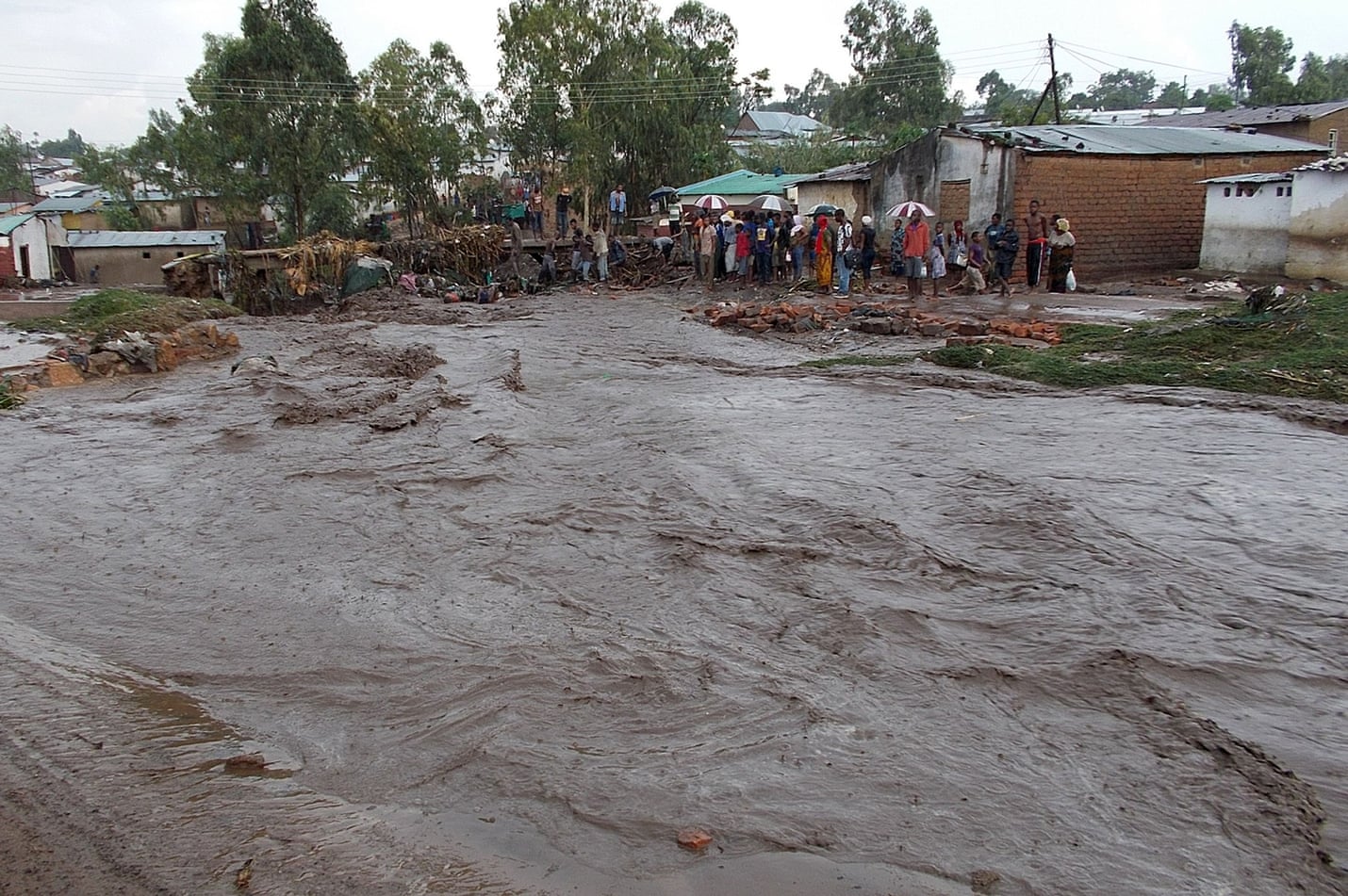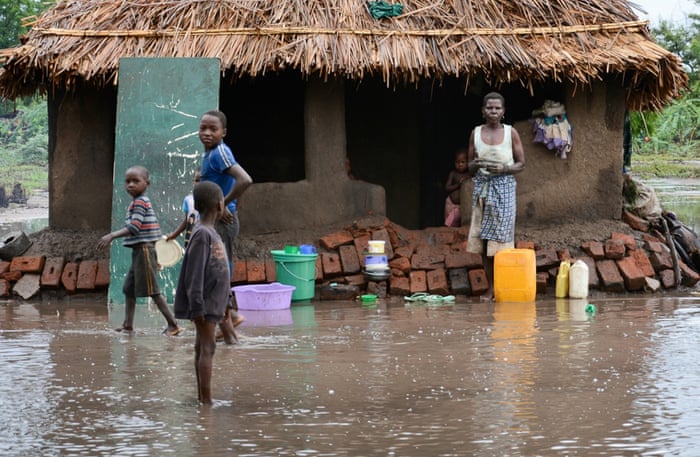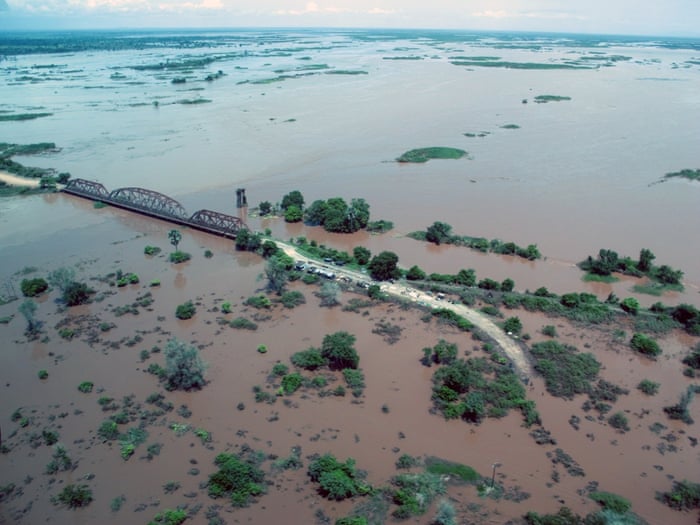In Malawi, health is directly dependent upon the environment as over 90% of people living in Malawi fulfill their nutritional needs through subsistence agriculture. If the environment around doesn’t supply the necessary food, then there is nothing to eat. Despite this, we are finding that current agricultural systems are destroying the very soil that plants depend on to grow, making it more difficult every year to extract a yield. Permaculture is a useful approach for improving the environment around us while at the same time providing us with food and healthy water, in addition to medicines, fuel, and building materials. In Malawi we developed an approach based upon the principles of Permaculture to restore both nutritional and environmental health.
The Permaculture Nutrition activities include:
- Promotion of local foods through seed collections, establishing permanent gardens, and demonstrations on using and identifying the local foods
- Courses to allow people to understand and learn methods of Permaculture Nutrition
- Developing a training manual with supplemental teaching aids so others can have a base of teaching tools to work with
- Compiling a field guide of local foods in Malawi. This field guide will to be used by extension workers to teach Malawians and expatriates about the abundance of foods Malawi has and how to utilize them.
What is Permaculture?
The word “Permaculture” is the combination of the two words “permanent and “culture“. Two Australian men named Bill Mollison and David Holmgren coined the term in the 1970’s. It is a philosophy that allows us to use the resources that we have around us to their fullest potential. By observing and learning from our environment, such as how nature replenishes its soil, how nature protects and conserves its water resources, how nature has adapted to the specific climate of an area—we can learn how to imitate these natural processes when we are designing our farms or gardens. The more closely that we can work with nature, the more likely we are to establish a balance which will provide us with the things that we need without hurting the environment. One of the founding fathers of Permaculture, Bill Mollison, has defined applying Permaculture to agriculture as “the conscious design and maintenance of agriculturally productive ecosystems, which have the diversity, stability and resilience of natural ecosystems.

Permaculture has a useful saying that can help to point us all in a more positive direction:
SEE SOLUTIONS, Not Problems
Although we have created a number of environmental and health problems in this world, it is not too late to restore health in our bodies and in our environment. To do this we will need to change our thinking about our place as humans in this world and realize that we are part of nature, not above it. We currently see humans all over the world trying to control the environment around them, when instead if they just live with nature it will provide them with all that they need. To us, this is what Permaculture is all about—living within the cycles of nature.
Why use Permaculture to improve Nutrition?
In Malawi we began to notice a relationship between the emphasis on maize, activities that are leading to environmental degradation, and the resulting nutritional problems we are currently seeing. The agricultural systems that are being promoted now involve planting solely maize in combination with fertilizers and chemicals to attack insects and other plants that may interfere with maize growth. This system is unhealthy for both the human body and for the environment. The body needs to eat a variety of different foods in order to maintain health, just as the environment needs to contain a variety of plants, animals, insects, etc. to maintain its healthy balance. Permaculture emphasizes learning about and imitating these natural systems of variety and balance to provide for all our needs, and by doing so it provides us with the diverse diet that we need for health.
Improving Nutrition through Promoting Local Foods
In the past, Malawi’s environment and diet revolved around a wide variety of local fruits, vegetables, nuts, seeds, millets, sorghums, roots, and various animal foods. Although many of these foods are still available, they are vanishing quickly because of the push to supply maize year-round either by forcing the land to produce it or by bringing in maize aid when the environment is unable to meet our maize demands. Maize is not the only culprit, people are becoming more interested in obtaining the foods of the west than in giving attention to the abundance of foods right around them. Expatriates who come in to ‘help’ often never take the time to learn about these valuable food resources that are already here. These local foods that are being crowded out by maize and western foods are often higher in nutrients than similar types of western foods, are available with no work or money, and are delicious!
We have categorized over 500 plant foods available in Malawi that are able to meet all the nutritional needs of people living here and we are trying to revive the knowledge of these plants. Slowly we have been collecting these food plants, sharing the seeds, teaching about their importance in nutrition and the environment, using them in our own meals, and encouraging their use for anyone living in Malawi. In two years we have established over 150 different local foods just in one small half-acre plot, in addition to other plants that can be used for fuels, medicines, and building materials. Many places in Malawi are now establishing similar gardens of local foods because of our program—at health centers, at nutrition rehabilitation units, in villages utilizing ‘gray’ water from washing clothes, dishes, or bathing, at the end of wells where water often sits in a large puddle, at mission hospitals, for AIDS patients, at schools—the list goes on. We are now beginning to document these Permaculture Nutrition activities that are taking place so that we can share with others the potential that the environment has if we work with it.
Teaching through Courses and Sharing
One way that the project has been teaching about Permaculture and nutrition is through a week-long course that we developed. In the course we look closely at the cycles in nature and how each part of it works—the soil, water, trees, plants, insects, and animals. We examine what we as humans are doing to interfere with nature, but more so, what we can do to protect the nature cycle so that we can benefit from it. We also look closely at nutrition: how the human body works, what it needs, and how we can provide what we need through nature. A key component of these courses is understanding. A wise person once noted that “People will not preserve and protect a natural environment which they do not understand or respect. When people learn about the relationship of all forms of life to each other and to the earth, they begin to have a responsible attitude toward natural resources and their wise use.” Where can we gain this understanding? There are many sources that we use in our courses: speaking, printed materials, visual aids, and sharing with each other, but the BEST way to gain understanding is from nature itself. So naturally, a large part of the course takes place outside observing how nature works, how it reproduces, how it remains fertile, and how it balances itself to support a wide variety of living things.
Another main point in Permaculture is to “Observe, Learn, and Share”.
Observe what is happening, Learn from it, and then Share the information with others. These courses are much more than just teaching about Permaculture and nutrition, it is just as much about sharing knowledge within the group. We ‘teachers’ have been learning as much from these courses about the local environment, foods, and farming practices as we have been teaching. A key group of teachers that often gets overlooked is our experienced local teachers, often labeled as ‘indigenous knowledge’. It is this knowledge that has evolved over generations that the Permaculture Nutrition approach seeks to learn about, try for ourselves, and share.
Courses are not the only way that we share what we have learned; we also share these ideas through conversations with neighbors, friends, and colleagues. We’ve held sessions around our community in villages, at the agricultural research station, at the health centre, to expatriate groups, and in the schools. We haven’t counted the numbers of people that attended the courses and sessions that we have given over the past 8 years, nor have we been able to follow up with people with whom we have spoken as this work is part of our life, not part of a ‘project’. If we included all the people that have learned through other channels such as short sessions, conversations, and garden tours, I suppose we would have talked with thousands of people about Permaculture Nutrition.
Teaching through Training Manuals
Another method we are working on now is the compilation of two manuals: one a Training Manual, and the other a Field Guide of Local Foods in Malawi. The Training Manual is in the format of our training courses and is meant to give trainers the tools for giving their own Permaculture Nutrition sessions. It is also geared toward people who want to implement Permaculture Nutrition in their lives. Whether or not someone uses the manual for training, the manual encourages everyone to share what they learn at whatever level they feel comfortable, such as with friends, family members, church groups, neighbors, etc.
The Field Guide of Local Foods is still in its infancy, but the idea is to develop the guide into a teaching tool for extension workers to identify and utilize local foods. We plan to include color photographs, line drawings, descriptions, scientific and local names, uses, seasonal availability, and nutritional information. Along with this Field Guide we are trying to integrate Permaculture Nutrition activities into the National Herbarium and Botanical Gardens so that more individuals have access to planting materials.
The Future of Permaculture Nutrition
Although our Permaculture Nutrition approach began with our work in the Ministry of Health with the US Peace Corps, the approach is now also being integrated into other food security projects in Malawi and in the region. The project is spreading itself throughout Malawi by people that have experienced the potential the environment has for giving us health, and we believe this is the only true way for permanent improvements.
We are now putting more energy into providing trainers with teaching tools to make it easier for them to share Permaculture Nutrition with others. These teaching tools will also be applicable to other countries and similar programs are already taking place in South Africa, Zimbabwe, England, the United States, and Australia, just to name a few. The uniqueness of our approach in Malawi is the emphasis on local foods and medicines to provide nutrition and health. This idea can also be transferred, but each country needs to identify and protect its own particular resources.
We hope that as others reconnect with the environment around them that they will collaborate with us in sharing the potential that nature has to provide us with nutrition and health if we respect it.




















 (
(
